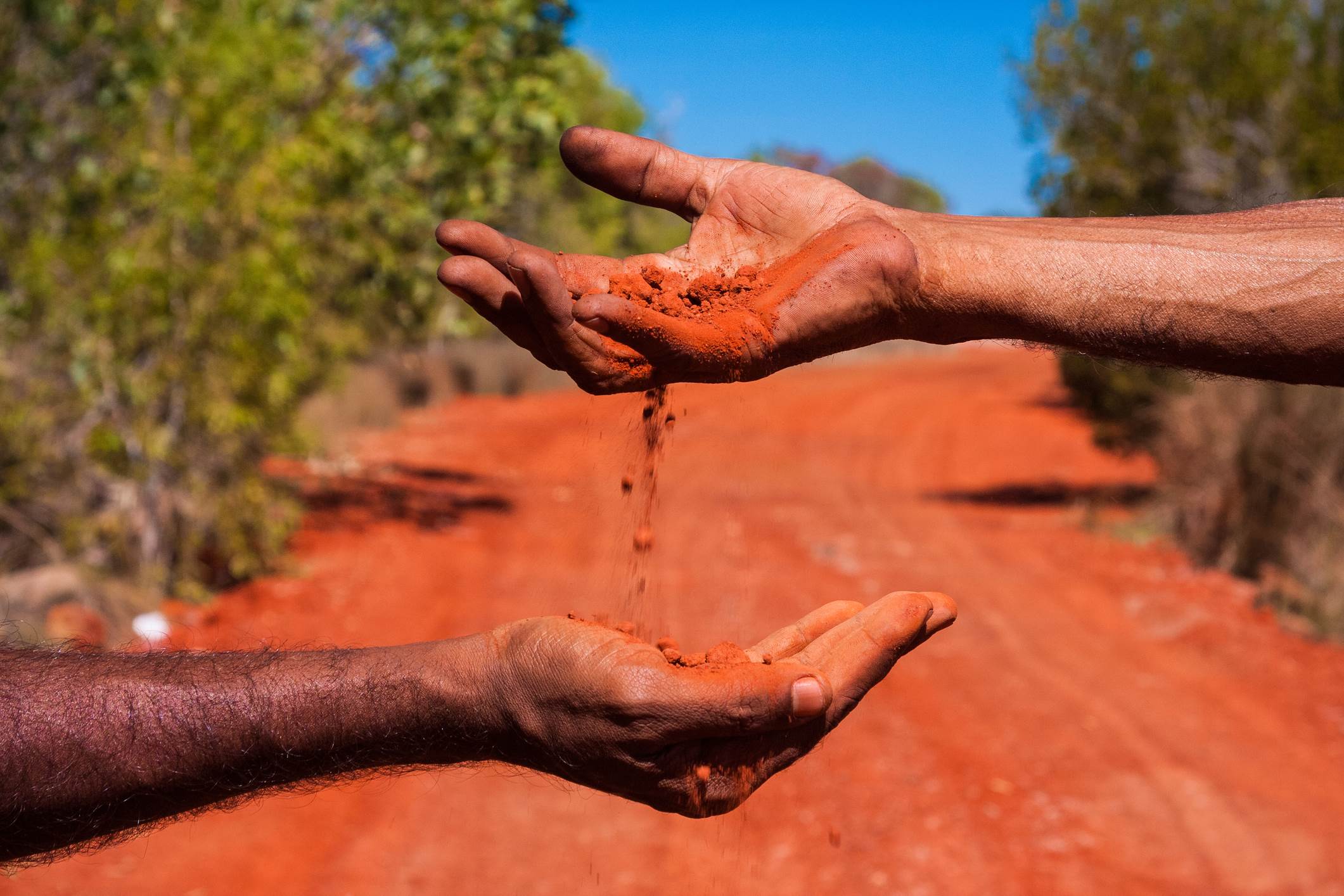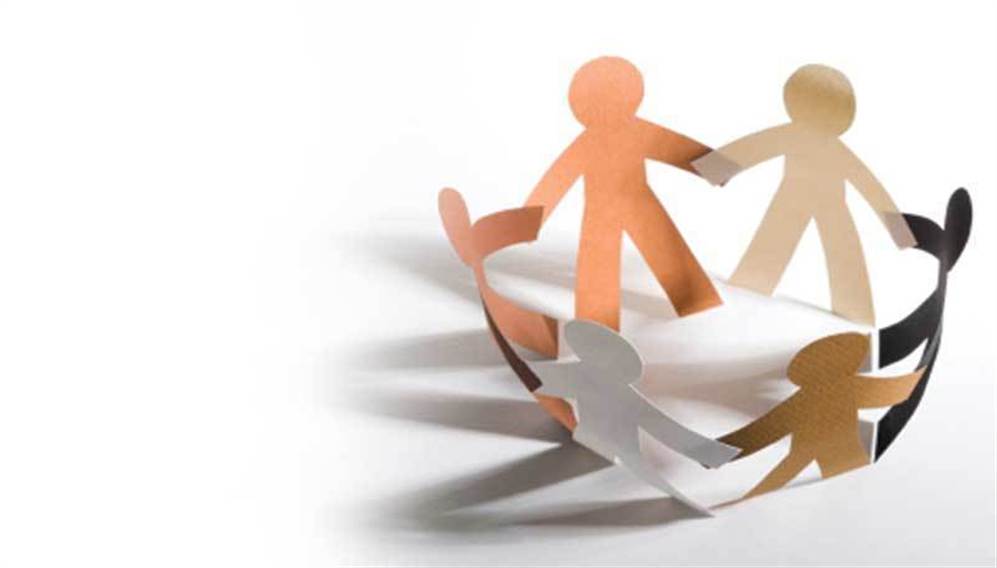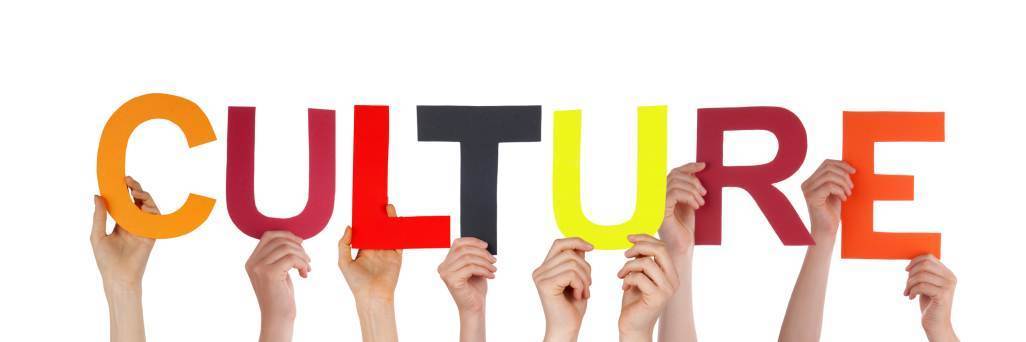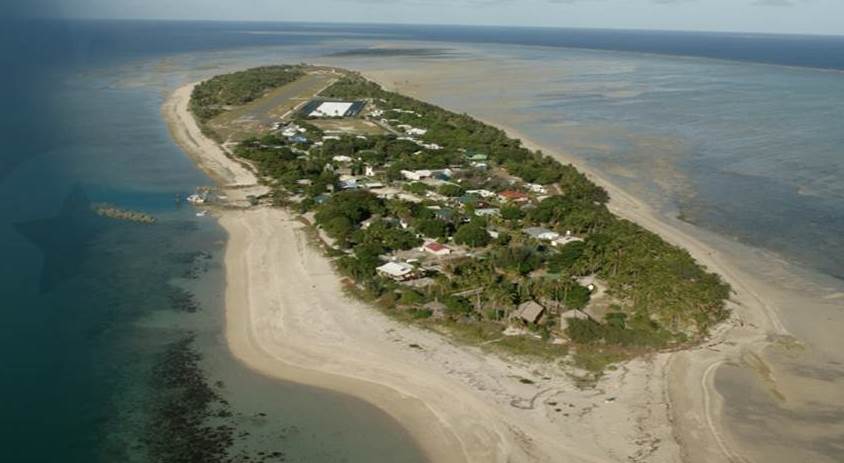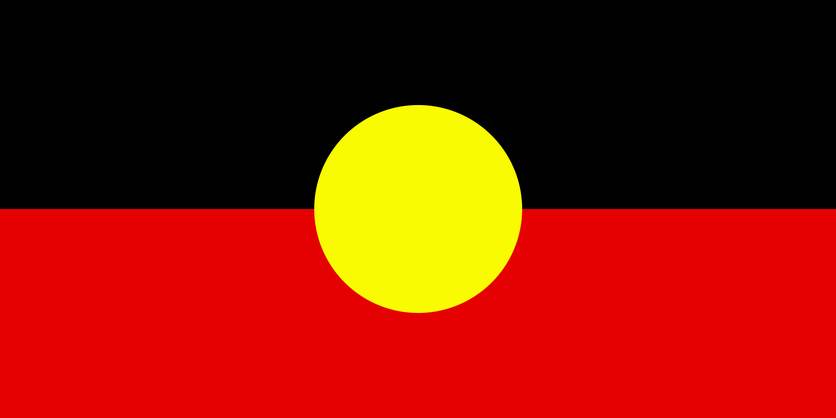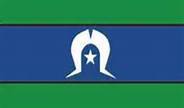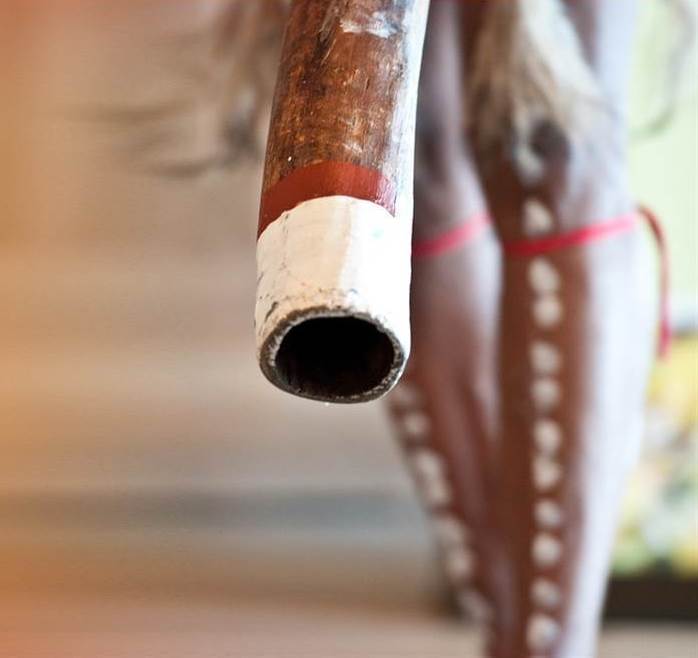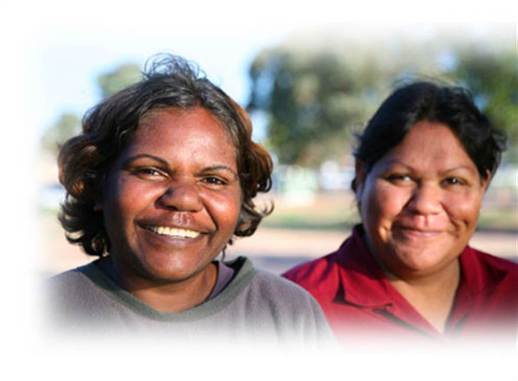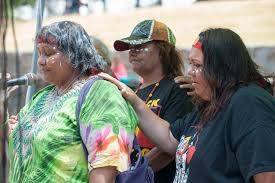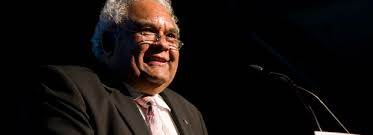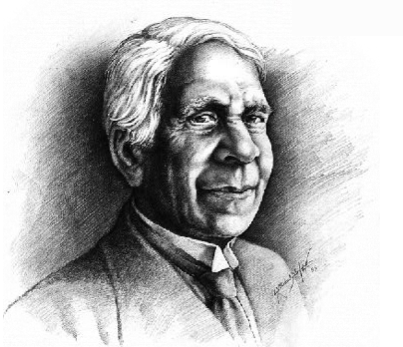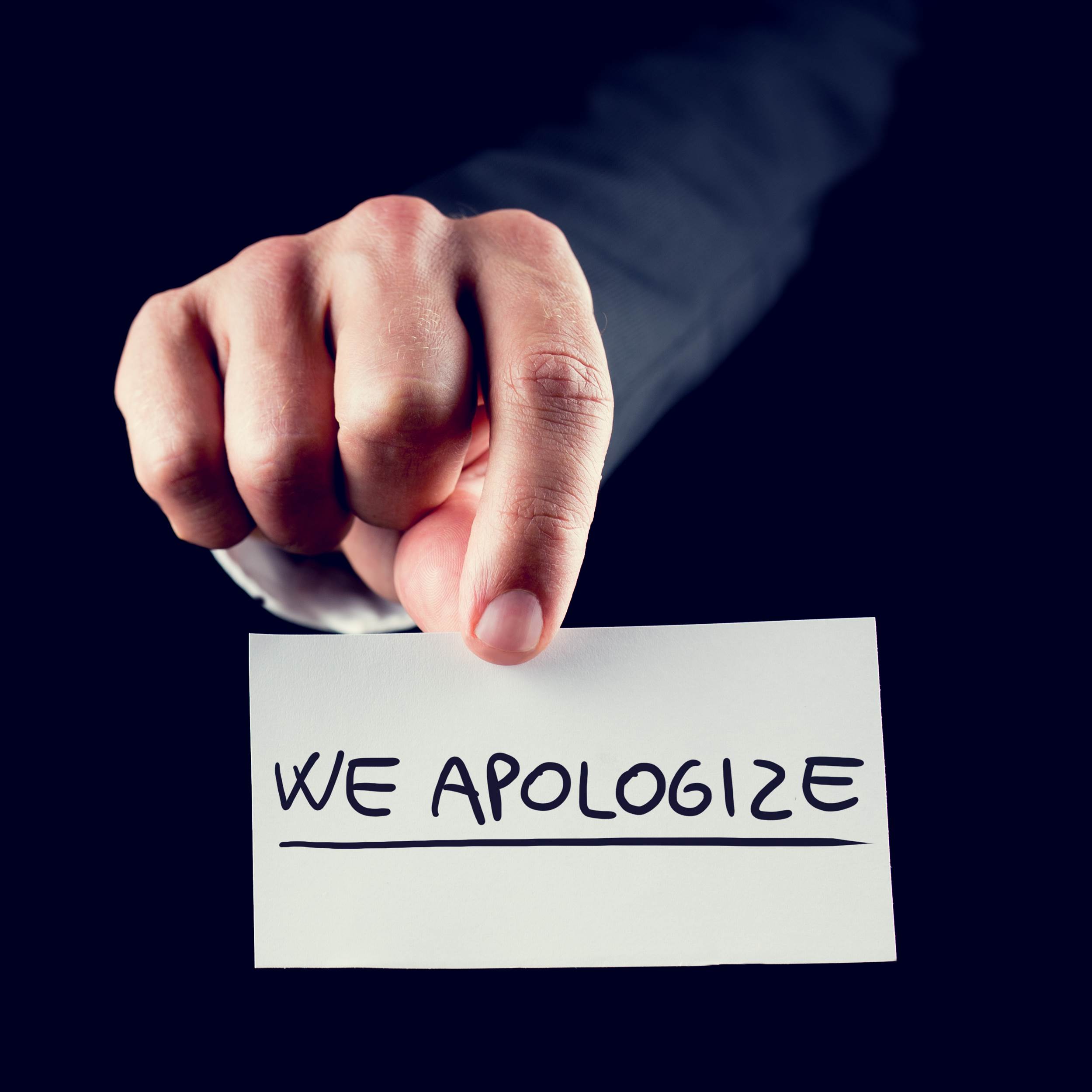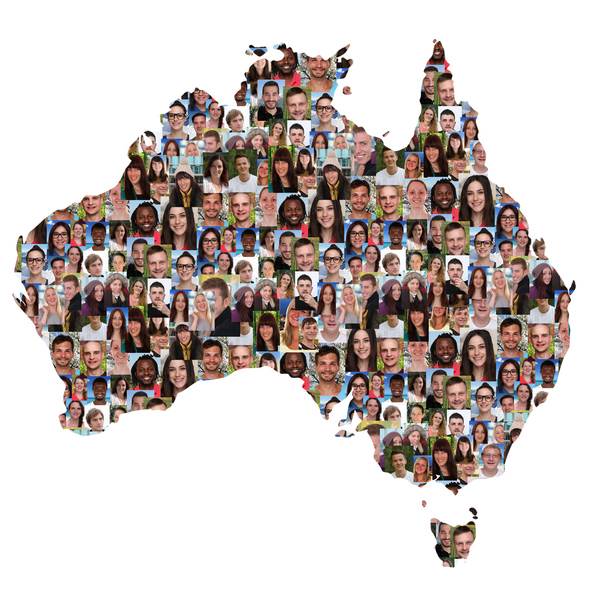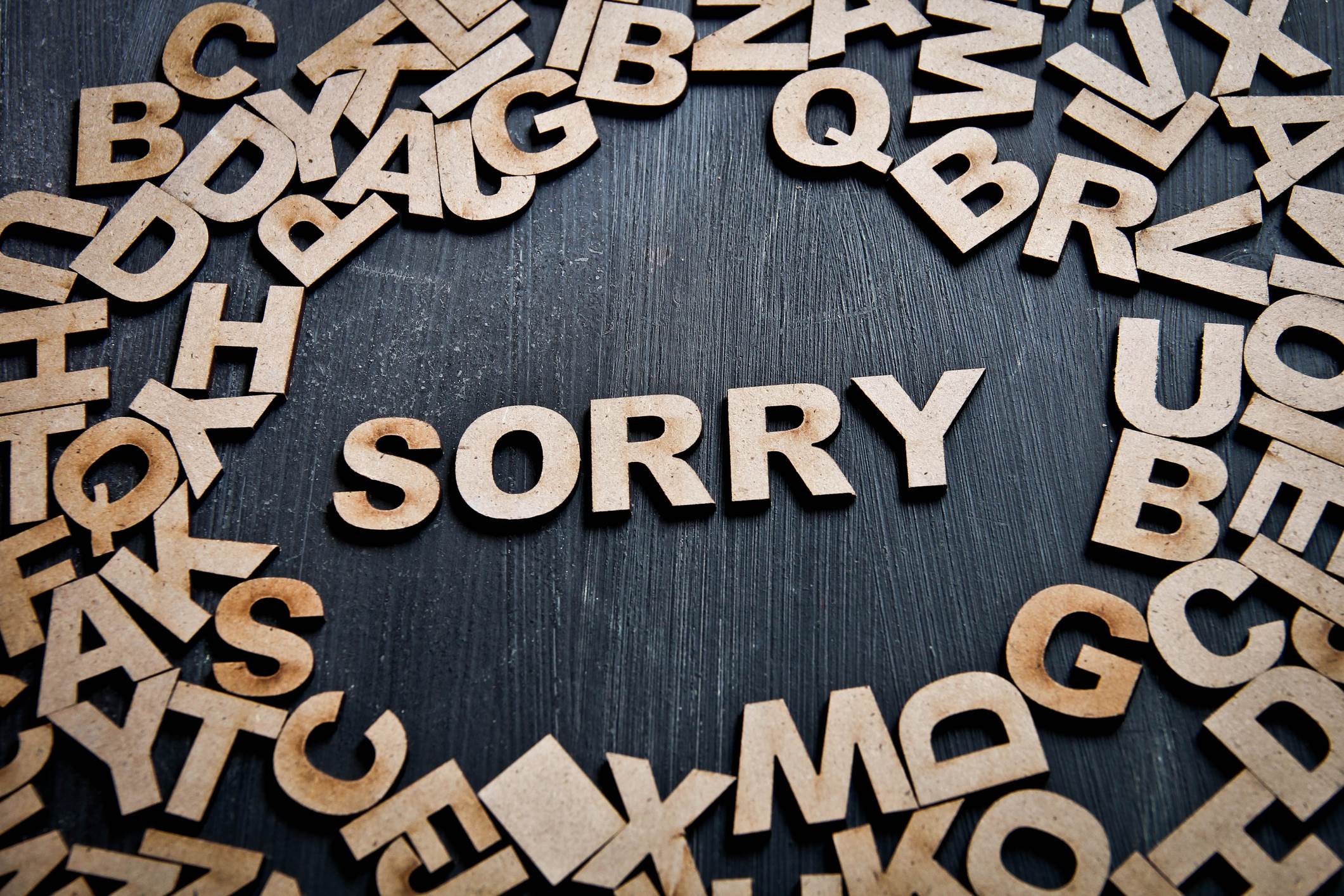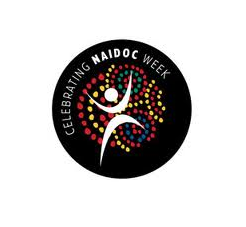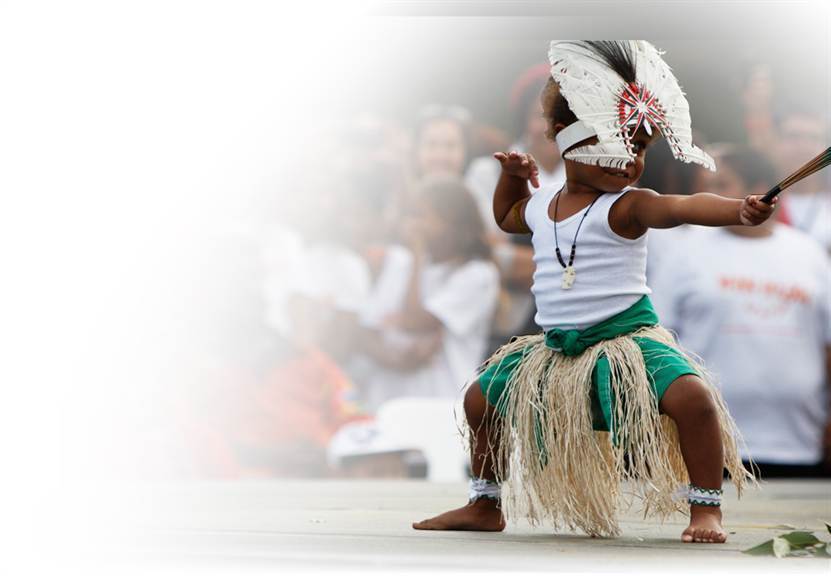Population
Today, there are just over half a million Aboriginal and Torres Strait Islander people in Australia. This makes up around 2.7 per cent of the Australian population.
- This 2.7 per cent is comprised of approximately 90 per cent Aboriginal and 6 per cent Torres Strait Islanders, with approximately 4 per cent of both Aboriginal and Torres Strait Islander origin.
- The Australian Bureau of Statistics predicts that there will be over 713,000 Aboriginal and Torres Strait Islander people by the year 2021. The population aged 25-54 is projected to increase from 183,000 to over 260,000 by 2021.
- The Aboriginal and Torres Strait Islander population is the fastest growing population group in Australia. Between 1991 and 2006 the population increased by an average of 2.6 per cent annually, compared with 1.2 per cent for the total Australian population.
Waterhole completed
You have completed the Prelude waterhole. Please click next and then progress to the Reconciliation waterhole.
A Reconciliation Action Plan specifies actions for encouraging a respectful work culture and building stronger relationships with Aboriginal and Torres Strait Islander peoples in our organisation and in the community. All employees have a role to play in helping achieve objectives for reconciliation. Our vision for reconciliation is to:
Ensure that we build relationships with and provide opportunities for Aboriginal and Torres Strait Islander employees and the broader community and develop mutual respect between Indigenous and non-Indigenous employees through a work environment that is respectful and open to diversity.
Our Reconciliation Action Plan is divided into four reportable sections.
Click the waterholes to learn about each section.
National Reconciliation Week
National Reconciliation Week is celebrated across Australia from 27 May to 3 June each year. The dates commemorate two significant milestones in the reconciliation journey - the anniversaries of:
- the successful 1967 referendum and
- the High Court Mabo decision.
- The week is a time for all Australians to learn about our shared histories, cultures and achievements and to explore how each of us can join the national reconciliation effort.
Waterhole completed
You have completed the Reconciliation waterhole.
Please click next and then progress to the Culture waterhole.
Aboriginality is defined by relationships - not skin colour. Aboriginal and Torres Strait Islanders referred to their nation when identifying themselves: 'I am a Dharawal man' or 'I'm an Eora woman'.
Today, an Aboriginal or Torres Strait Islander is defined as a person who:
- is of Aboriginal or Torres Strait Islander descent;
- identifies as an Aboriginal or Torres Strait Islander; and
- is accepted as such by the community in which he (she) lives.
Spirituality of Land and Sea
Land and the sea are fundamental to the wellbeing of Aboriginal and Torres Strait Islander people. The land is the core of all spirituality. This relationship and the spirit of 'country' are central to the issues that are important to Aboriginal and Torres Strait Islander people today. Aboriginal and Torres Strait Islander people take responsibility and care of the land:
- Land is 'home'
- Land is mother
- Land is steeped in culture
'The Coming of the Light'
The Coming of the Light festival marks the day the London Missionary Society first arrived in Torres Strait. The missionaries landed at Erub Island on 1 July 1871, introducing Christianity to the region. There were many disadvantages of missionary influences, such as the destruction of traditional cultural religious practices. But there were also positive consequences. Christianity provided a shared identity with the focus on unity that was reinforced through inter-island church meetings, festivals and church openings.
Today, for many Torres Strait Islanders, 'The Coming of the Light' is commemorated on the first of July each year and is regarded as National Torres Strait Islander Day.
Culture exercises
Let’s attempt a set of exercises to help with your understanding. For each exercise, please select the most appropriate definition from the options provided and please try again if you make an incorrect selection.
Select the navigation button displayed on this screen when you are ready to get started…
Betty is the Manager of a busy team in the State office. John, a work colleague, asks Betty for a week's leave to attend to 'sorry business'. John explains that his Mother's Uncle has passed away and that he needs to return to his land to attend the funeral.
'Sorry business' can take some time and supervisors should be sensitive and consider the request for leave for bereavement purposes favourably. In some instances, this may require flexible working conditions or leave without pay options.
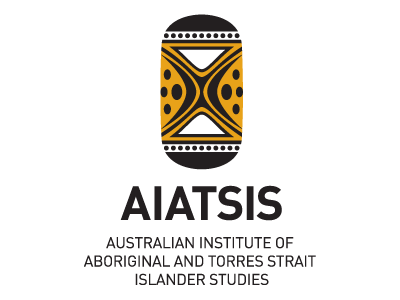
Aboriginal and Torres Strait Islander languages
How many Aboriginal and Torres Strait Islander languages are spoken today?In 1788, there were about 250 separate Indigenous languages spoken in Australia, plus dialects. Today, only two thirds of these languages survive and only 20 of them (eight per cent of the original 250) are still strong enough to have a chance of surviving well into the next century. The languages with the most speakers currently are, Arrernte, Djambarrpuyngu/Dhuwal, Pitjantjatjara and Warlpiri. There are also many speakers of Torres Strait Creole and Kriol. Many languages are no longer spoken in their entirety by anyone; rather, words and phrases used. There is widespread community support for language projects to assist the revival and maintenance of Aboriginal and Torres Strait Islander languages. Bilingual education was introduced in some Aboriginal and Torres Strait Islander communities in the early 1970s and continues today.
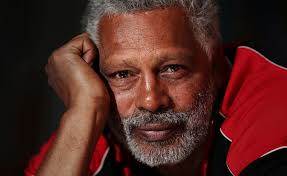
We all know how to say yes in Spanish don't we?
We all know how to say yes in German don't we?
We all know how to say yes in French don't we?
Do we know how to say yes in any of the 360 Aboriginal dialects in this country?'
Ernie Dingo, Aboriginal Actor and Yamatji man
Acknowledgement of Country
An Acknowledgement of Country demonstrates respect for the Aboriginal and Torres Strait Islander culture and traditional custodians of the land and acknowledges their continuing relationship and connection with the land and water.
Generally, Acknowledgement of Country takes place at the beginning of a meeting and is undertaken by the chair or speaker.
Click here to view guidelines for conducting a Welcome to Country or Acknowledgment of Country.
In the text boxes provided, enter your responses to each of the following questions:
Waterhole completed
You have completed the Culture waterhole.
Please click next and then progress to the Communication waterhole.
Primary health care aims to prevent disease from occurring in the first place or to detect it early. As a result, illnesses that could be prevented become chronic problems.
Overcrowded and poor-quality housing in many Aboriginal and Torres Strait Islander communities and limited access to fresh and healthy food, are also major contributors to health inequality.
Today cardiovascular disease is the single biggest killer of Aboriginal and Torres Strait Islander people. Other serious health problems include diabetes, respiratory diseases, musculoskeletal conditions, kidney disease and eye and ear problems.
A variety of factors have resulted in Aboriginal and Torres Strait Islander people experiencing a deplorable health status compared to non-Indigenous settlers. These include:
- colonial dispossession
- land alienation
- forcible relocation
- suppression of indigenous cultural practices, values and beliefs
- loss of language
- disruption of families
- violations of indigenous inherent sovereignty and the right to self-determination
- treaties
- international law and indigenous cultural law
In 2008, the Council of Australian Government (COAG) set specific and ambitious targets for closing the gap. Namely:
- to close the life-expectancy gap within a generation
- to halve the gap in mortality rates for Indigenous children under five within a decade
- to ensure access to early childhood education for all Indigenous four-year-olds in remote communities within five years
- to halve the gap in reading, writing and numeracy achievements for children within a decade
- to halve the gap for Indigenous students in Year 12 (or equivalent) attainment rates by 2020
- to halve the gap in employment outcomes between Indigenous and non-Indigenous Australians within a decade
Aboriginal and Torres Strait Islander people experience much higher levels of unemployment than non-Indigenous Australians. There is a clear link between unemployment and other aspects of disadvantage. Unemployment is linked to:
- poor health
- poor living standards
- low self-esteem
- imprisonment and substance misuse
- At the time of the last Census (in 2011), the labour force participation rate was 50.7% for Aboriginal and Torres Strait Islander people and 64.4% for non-Indigenous Australians. Being employed leads to improved wealth and asset creation for families and communities, which in turn has a positive influence on the health and education of children. Finding ways to increase the economic participation of the Aboriginal and Torres Strait Islander working age population is important for supporting Government initiatives.
Factors that can make it difficult for Aboriginal and Torres Strait Islander people to obtain work include:
- lack of relevant training;
- lack of exposure to the mainstream workforce;
- the culture of work organisations and the expectations of organisations;
- the challenges involved in balancing family and community obligations with the demands of full time work; and
- poor health.
Celebrating Aboriginal and Torres Strait Islander Culture waterhole
Prominent Aboriginal and Torres Strait Islander people...
There have been many successful and influential Aboriginal and Torres Strait Islander people involved in various fields such as sport, arts, politics, media and law. David Unaipon (1872 - 1967) was a Ngarrindjeri man, inventor and writer. He based his helicopter design on the principal of a boomerang. David Unaipon's portrait is depicted on the Australian $50 note, along with drawings from one of his inventions and an extract from his original manuscript, Legendary Tales of Australian Aborigines.
Credits
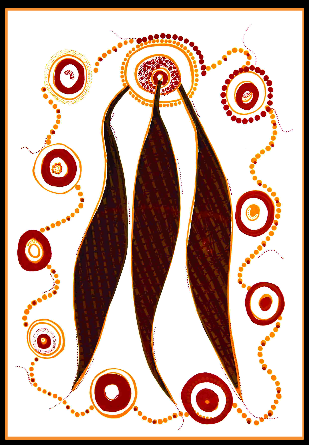
The content of this course was originally developed by Interaction Training Pty Limited in conjunction with the Australian National University. Design elements have been reproduced by Interaction with permission from the Workforce Design and Strategy Section at DIMA. We would like to join them in acknowledging assistance provided by the department's Indigenous Employees Network (IEN) and Reconciliation Ambassador Network (RAN) and The Australian National University.
Three Stories

The design used throughout this course is an element of Lyndy Delian's Three Stories screen print series which features cross gum leaves and journey lines connecting water holes and meeting places.
The Three Stories series is about family. The selected elements represent the journey we all take through culture. These journeys occur through storytelling, dance, work, learning, caring, for community and by community taking care of us.
